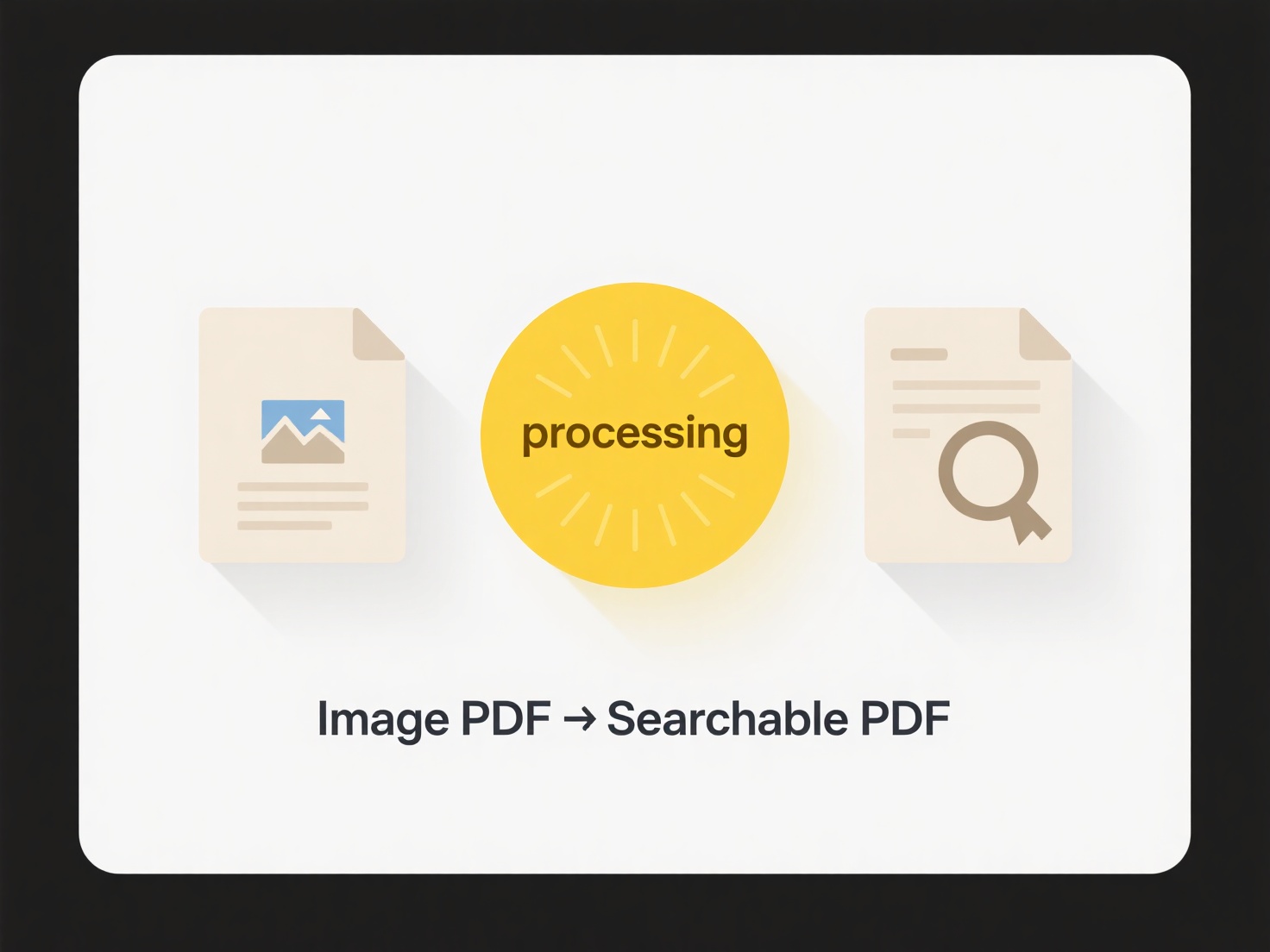
Syncing a working folder across multiple computers means ensuring the same folder and its contents are updated identically on all devices whenever changes occur. This is typically achieved using cloud storage services or peer-to-peer syncing tools. These tools continuously monitor the folder for additions, deletions, or modifications. When a change is detected on one computer, it's automatically uploaded to a central cloud server or directly propagated to other linked computers, which then download the changes to keep their local folder copy current. This differs from simple file sharing or manual copying by offering near real-time, automated consistency.

Cloud services like Dropbox, Google Drive, Microsoft OneDrive, or specialized tools like Sync.com (focused on privacy) are popular choices. For example, a graphic designer could have their 'Project Assets' folder synced between their office desktop and home laptop via OneDrive, always having the latest images and design files available. A software developer might use GitHub Desktop syncing repository folders across computers, ensuring code changes made on a travel laptop automatically appear on their main workstation. Many industries rely on this for collaboration and remote work.
The main advantage is seamless access to the latest files from any synced device, boosting productivity and enabling easier collaboration. Key limitations involve dependency on internet connectivity for syncing and potential storage limits imposed by cloud services. Security is crucial; sensitive data should only be synced using services offering strong encryption (both in transit and at rest). Care is also needed to avoid conflicts if files are edited simultaneously on different machines. Cloud storage providers continuously improve syncing speed, conflict resolution, and integration with productivity tools, making this capability increasingly robust and accessible.
How do I sync a working folder across multiple computers?
Syncing a working folder across multiple computers means ensuring the same folder and its contents are updated identically on all devices whenever changes occur. This is typically achieved using cloud storage services or peer-to-peer syncing tools. These tools continuously monitor the folder for additions, deletions, or modifications. When a change is detected on one computer, it's automatically uploaded to a central cloud server or directly propagated to other linked computers, which then download the changes to keep their local folder copy current. This differs from simple file sharing or manual copying by offering near real-time, automated consistency.

Cloud services like Dropbox, Google Drive, Microsoft OneDrive, or specialized tools like Sync.com (focused on privacy) are popular choices. For example, a graphic designer could have their 'Project Assets' folder synced between their office desktop and home laptop via OneDrive, always having the latest images and design files available. A software developer might use GitHub Desktop syncing repository folders across computers, ensuring code changes made on a travel laptop automatically appear on their main workstation. Many industries rely on this for collaboration and remote work.
The main advantage is seamless access to the latest files from any synced device, boosting productivity and enabling easier collaboration. Key limitations involve dependency on internet connectivity for syncing and potential storage limits imposed by cloud services. Security is crucial; sensitive data should only be synced using services offering strong encryption (both in transit and at rest). Care is also needed to avoid conflicts if files are edited simultaneously on different machines. Cloud storage providers continuously improve syncing speed, conflict resolution, and integration with productivity tools, making this capability increasingly robust and accessible.
Quick Article Links
Can Chromebook users open .exe or .msi files?
Chromebooks run Chrome OS, not Windows. EXE and MSI files are native executable and installer formats designed specifica...
Why can’t I delete a file even though I own it?
You may be unable to delete a file you own due to two primary reasons. First, permissions are layered: owning a file gra...
Why can’t I open a .dat file?
A .dat file is a generic data container, not a standardized file format. Its contents could be almost anything: text, im...